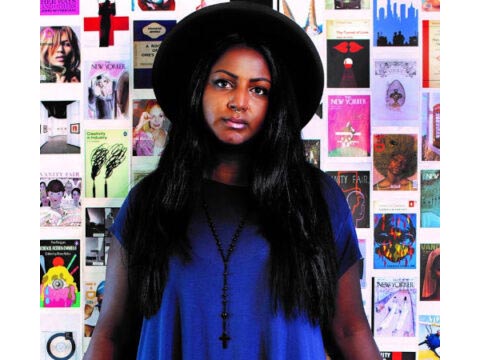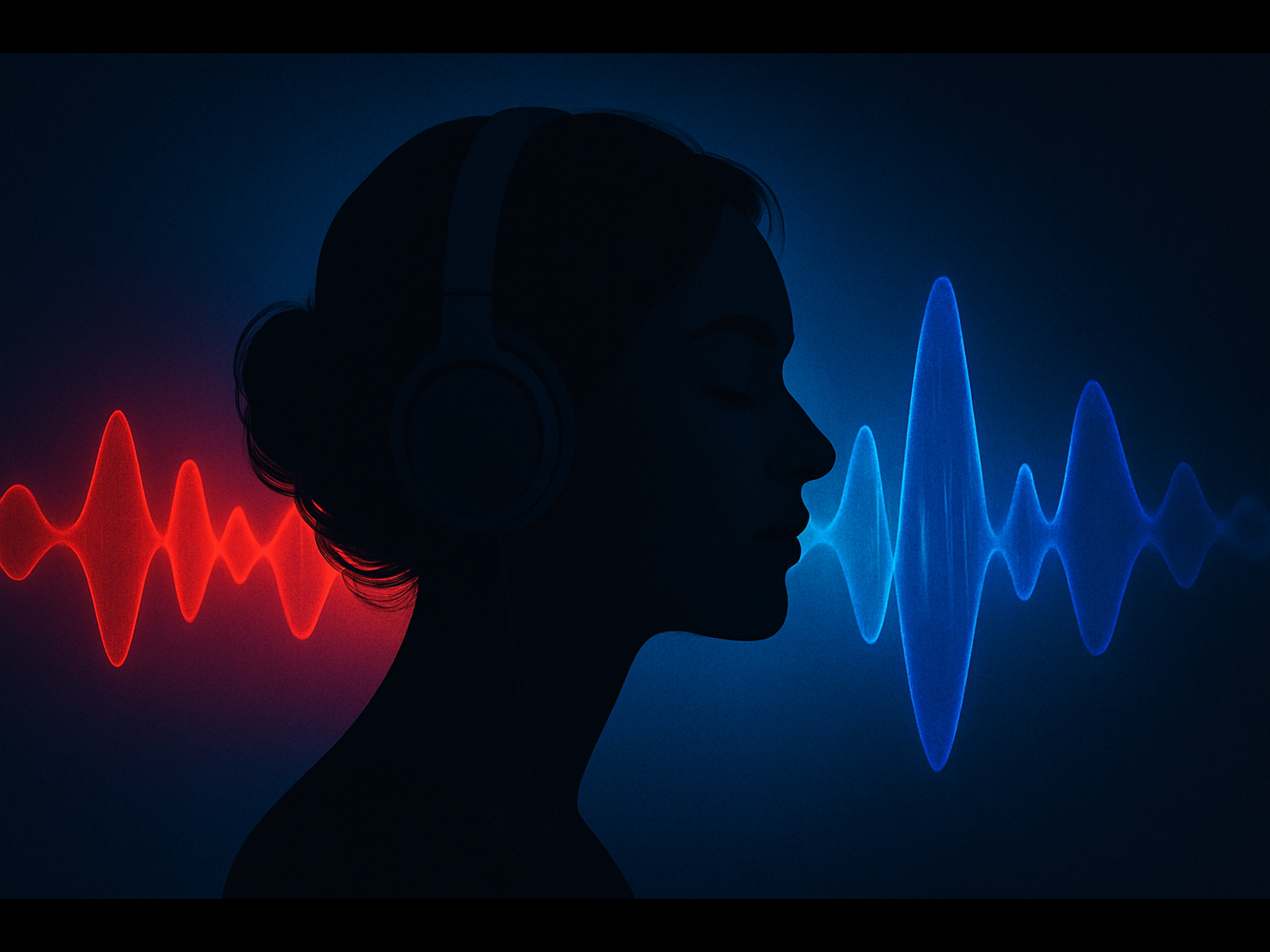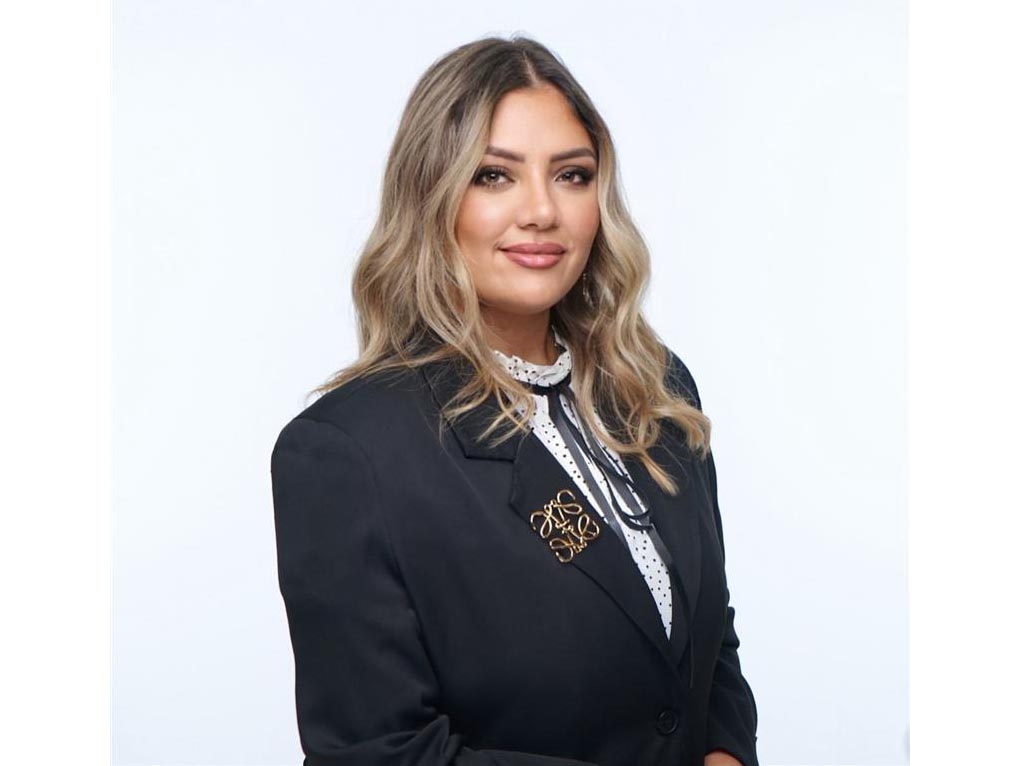Industry Talk - Free Talk
Sachini Imbuldeniya: ‘Sisters aren’t doing it for themselves’
by Sachini Imbuldeniya, House of Oddities
June 27, 2024
.jpg) Advertisement
Advertisement'In an industry that loves a good statistic, there is one that stubbornly refuses to be updated: the oft-quoted belief that only 1% of creative agencies are owned by women.
According to sources including It’s Nice That, Lions Creativity, The Drum, Ad Age, and Creative Boom, the figure is 0.1%. And for women of color, it’s much lower: some have suggested 0.01% as a starting point.
I can’t find any primary source for this data, so how seriously should we take it in 2024 – a year when, according to research by Forbes, women became ‘the dominant force in our industry’ (where over 60% of employees in the creative industry are women, and 50% of senior/management positions)?
I’ve been skeptical of this 1% number for a while now. I meet inspiring women all the time who are setting up brilliant new endeavors in the industry: Laura Jordan Bambach’s Uncharted Studio, Chloe Davies’ It Takes A Village Collective, Christina Taylor’s Aim Sky High, Vanessa Sawyerr’s Brands&Culture, and Mali Okoi-Obuli’s OURHouse.
I’m constantly invited to panels with incredible women from the industry all talking about making a positive difference. I’m now a co-founder of my own creative agency, built on the principle that difference makes a difference, and as a result, I’m courted by more publications to give a female perspective on the changing face of our industry (and, obviously, I’m writing this article too). Have women ever had it so good?
Lies, damn lies, and statistics
Then last month some outrageous news broke about CALLING, a studio fronted by woman of colour Rani Patel (MD) and her white male co-founder John Tenser (ECD). Campaign Magazine poked around under the bonnet and discovered that the company is majority owned by Uncommon, Tenser’s former employers and itself owned by Havas. During its launch the CALLING was publicised as being ‘independent’ and ‘run equally by its founders’ – but while Tenser owns circa 30% of CALLING, Patel apparently has no equity in the business at all.
This is a supposed indie run by a woman of colour, and instead it’s majority owned by Havas, the 6th largest media group in the world. And guess how many of Havas’ owners are women? Yeah. Surprise.
So, I realized that maybe there’s something in this 1% figure after all.
In PRINT Magazine, Creative Director Rachel Gogel also disputes the 1% stat, but her doubt stems from the rise of women working as freelancers. The number of freelancers has risen dramatically both in the UK and the US, where they make up an astonishing 38% of the workforce. In the UK, one in eight freelancers are working mothers, which is perhaps less surprising given the ability to fit work around the chaotic schedule of raising a child. Ipse said, “The rise in self-employment since 2008 has been driven by a 69% increase in the number of highly skilled female freelancers, choosing this way of work because of the freedom, flexibility and control it provides.” If we follow Gogel’s logic, then there are huge numbers of micro-businesses run by women as a solo venture, which blasts our 1% out of the water.
But, are we supposed to accept that the top 25 largest media companies in the world are all owned by men, while women are only good enough to own their own business if it can fit neatly into one laptop case? Are men so much better at business that their agencies naturally succeed more?
Gogel argues, “…after much reflection and experience, I realized that I wanted to remain independent without taking on the responsibility of hiring employees or sub-contracting work,” and ‘solopreneurship’ is one undervalued and important way self-identifying women and non-binary individuals can start to right the balance in a male-dominated, disproportionately white industry.”
To the first part, fine: if Gogel wants to just run a solo business, that’s her prerogative. But to pretend that a bunch of ‘solopreneurs’ is redistributing wealth in our industry to offset, say, the combined billings of the top 10 agencies (which was just over £2.9bn last year, according to Nielsen Ad Intel) is doing women no favors.
When you dig a little deeper, it gets worse. According to the AIGA Design Census, although 54.5% of graphic designers in the US are women, female designers are still paid about 22% less than male designers. In the UK, research from the Office of National Statistics concluded that women in graphic design get paid 6% less than men. And, according to Kerning the Gap, only 17% of people in graphic design leadership roles in the UK are women.
Perhaps some women can pose at the kitchen table, baby under one arm and MacBook under the other, and pretend that this makes our industry more equal. But I can’t.
I believe that women need to stand up, be heard more and seen more, and start to make more creative decisions. We can’t just settle for a few solo ventures and a bit of extra press. We need ownership. We need to take control. We need, in short, to create an industry that’s not composed of Mad Men, but even Madder Women.
And not just so we can get a fairer share of the spoils. In truth, we need to do this to help save our industry. After all, according to Bankrate, over 80% of purchases and purchase influence are made by women.
DEI or DIE
The advertising industry is in crisis. Ad legend Dave Trott recently declared advertising “as boring as accountancy.” Brand strategist Arwa Mahdawi said in an article for the World Federation of Advertisers, “There’s no delicate way of putting this: a lot of contemporary advertising is crap.” Just last month, Sir John Hegarty, former founder of BBH, said on LinkedIn, “Brands spent over $750bn on advertising last year… according to analysts, just 6% of it was effective.” Andrew Tindall, SVP of System1, argued in The Drum that award-winning ads aren’t as effective as they used to be. “Creatively awarded ads have become average,” he wrote – and he has the data to back it up.
What this means is something we on the creative side of the advertising industry have all known for a long time: creativity has too often been stifled by the rise of digital accountability, shorter-term metrics, fear of backlash against more provocative advertising, and mostly by too many not very diverse creatives making not very diverse work.
I have argued almost my whole career for greater diversity in our creative industry. It’s simple: our audiences are increasingly different. There isn’t even a demographic bracket that makes meaningful sense anymore because our attitudes differ so enormously. For example: the Pew Research Center reported in 2014 that, in terms of US political groups, Republicans and Democrats are more polarized than ever before. And that was before the President Trump era made it a hundred times worse.
To appeal to these wildly diverse groups means fresh thinking. Different lived experiences. In a nutshell, it means having a creative team that is more diverse.
The UK All-Party Parliamentary Group for Creative Diversity found in 2021 that there are four significantly underrepresented groups in our industry: women, people of color, people with disabilities, and people from working-class backgrounds. Add more of these voices to your creative team, and you will start to innovate. My creative agency House of Oddities is made up of people from these groups – I happen to fit into all four of them – and it has already made a big difference to our success with attracting hard-to-reach audiences and even harder-to-impress clients.
As an industry, we talk a good game about diversity, equity, and inclusion. I’ve covered the diversity part of it; inclusion speaks for itself. But the one that started this whole article – the one that rarely gets any airtime – is equity.
For some, what we mean is equality or fairness. And I get that. But to me, it means exactly what it says: equity.
In other words, if we’re going to make our industry better, then we need to pay more than just lip service (or a freelancer’s rate) to the people – more specifically, the women – who are going to turn it around. We need to give them a stake in its future.
I can see a bright future for our industry: one composed of Madder Women who have creative control of agencies and studios of all sizes. Fearless women taking on the old boys’ network and winning. Because that’s what clients want too.
Then – and only then – will we improve on that 1%.
Sachini Imbuldeniya is the co-founder and CEO of House of Oddities, a creative and content agency founded on the principle that ‘difference makes a difference’ that works with leading brands including Gucci, Volvo, and Snapchat among others. She previously held Creative Director roles at other agencies.
This article was first published in IDM



.jpg)










